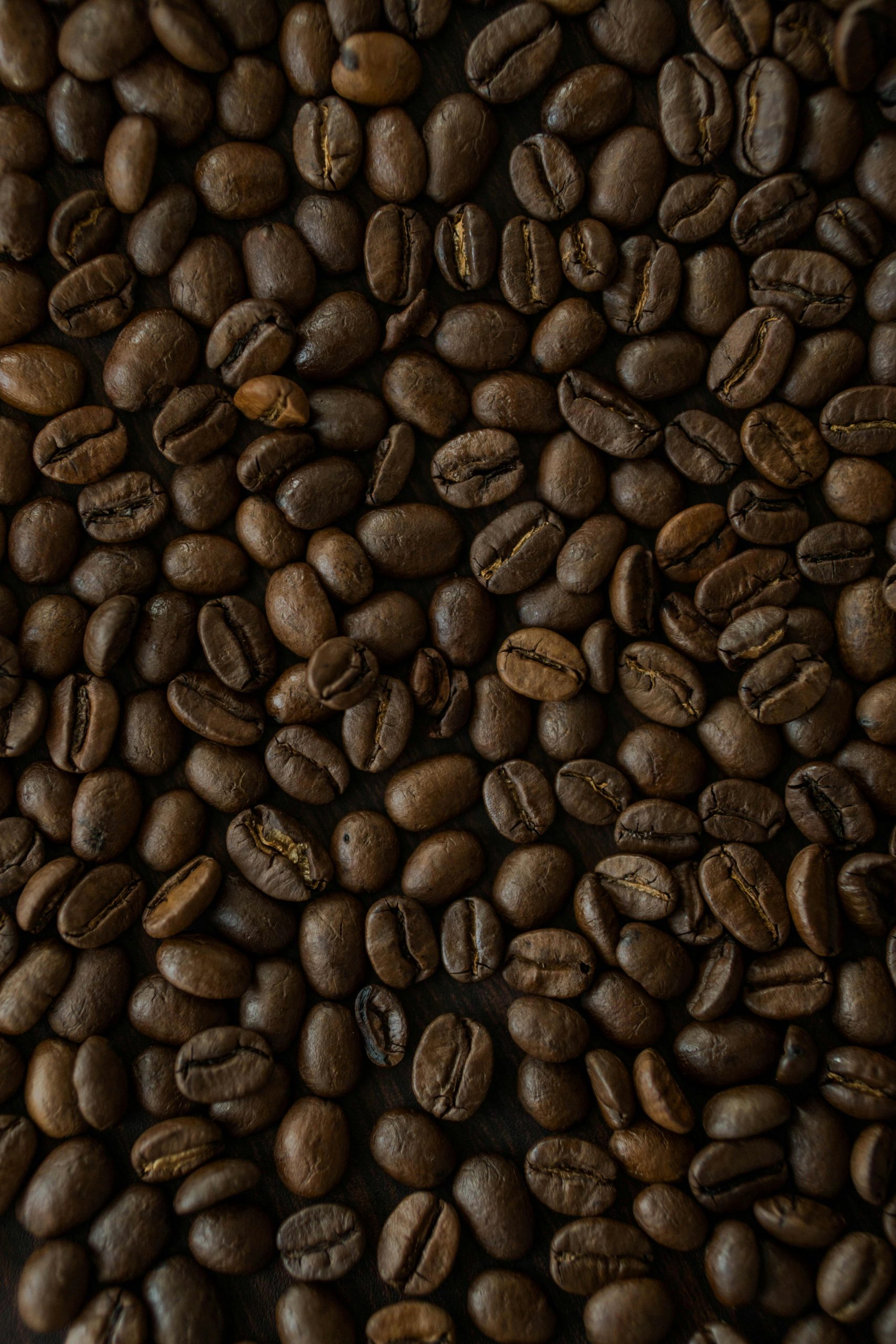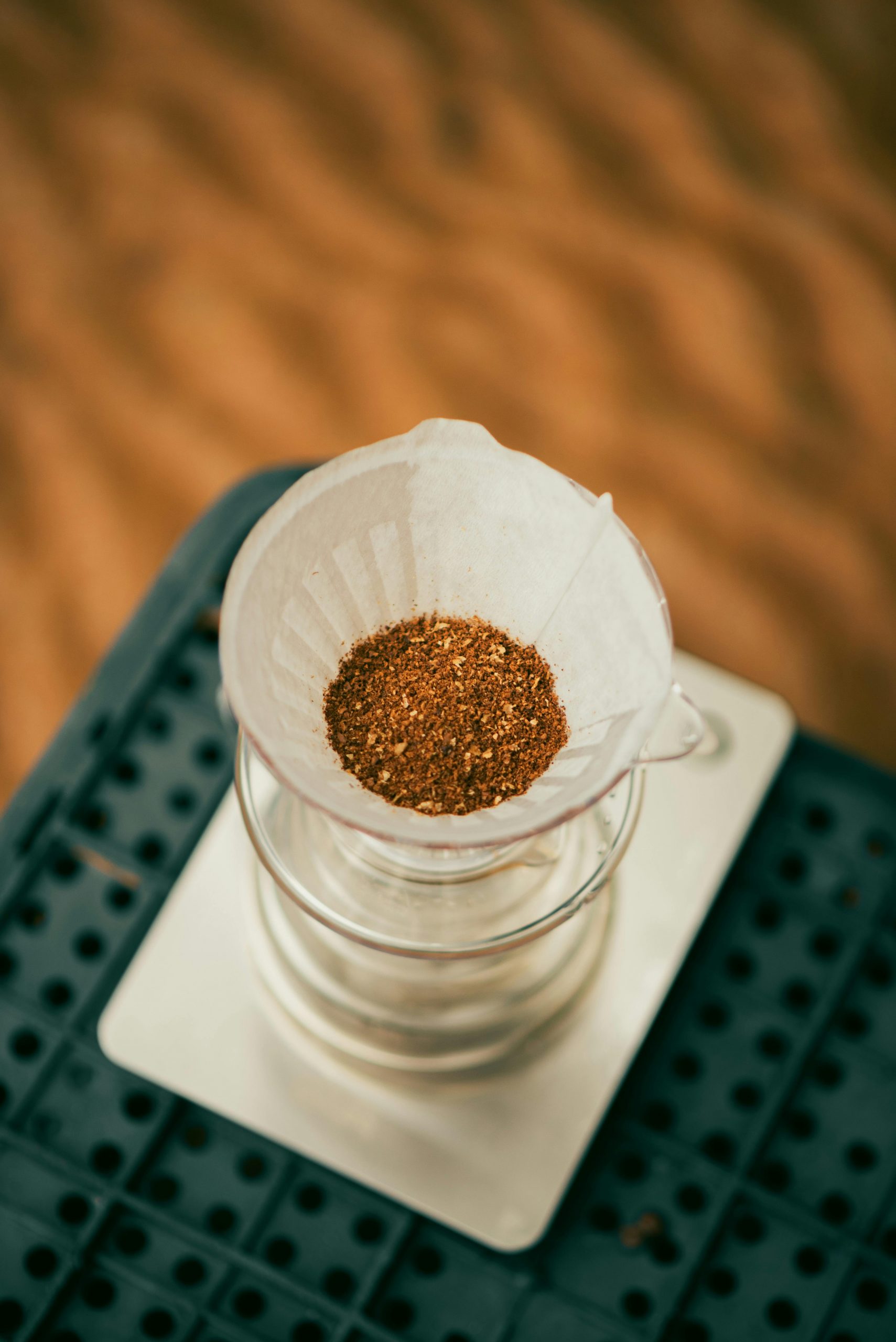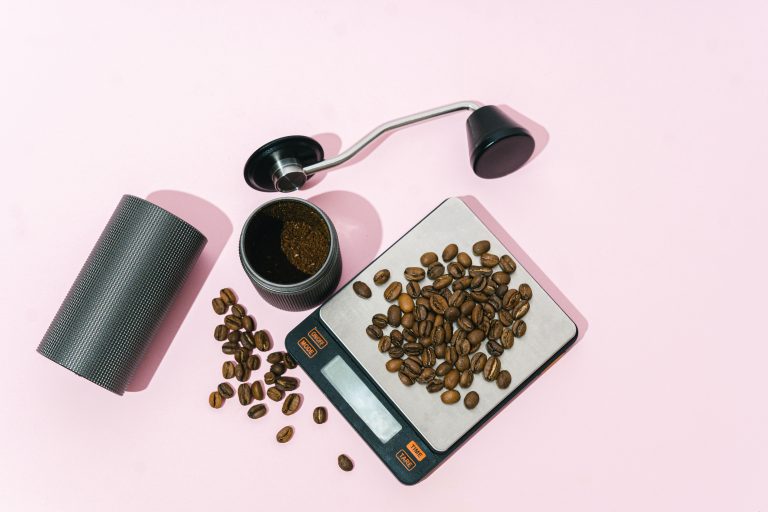Nothing beats the smell of freshly brewed coffee in the morning (except, pair that with a low-rumbling morning thunderstorm). Coffee has been a ritual for many across centuries from the moment the beans were thrown into a fire by the monks who found them, to coffee shops you can find in almost every block globally. But when it comes to brewing the perfect cup at home, one major question pops up: whole beans or ground coffee?
Understanding the basics
You might be asking, “Does it really make a difference?”. Honestly, one hundred percent. The two types might still come from roasted beans, but differ in freshness, control, and convenience. The key differences are found in preparation, grinding, taste, shelf life, and storage.
There are two main types of the coffee plant species: Arabica and Robusta. Arabica is known for its sweet, smooth, and complex flavour with higher acidity and sugar contents. Bold, strong, and bitter tastes with higher caddeine content and more earthy flavours is what makes Robusta so unique. Whatever your product preference is, the first step to brewing your perfect cuppa at home, is choosing your flavour profile. Deciding between whole beans and ground coffee is the easy part.
Whole beans

Whole coffee beans are harvested, processed, roasted, and packaged to be sold at grocers and local coffee shops. They are kept whole in a vacuum sealed bag until its time for a brew to maximise aroma and custom flavour. There are a range of roasted whole beans available, from light to medium and dark roast, arabica or robusta species, not to mention the country the beans were grown in. All these factors play a role in the overall taste of the coffee.
Pros
- Longer shelf life
- Stays fresher for longer
- Better overall taste and aroma
- More choices available
- Opportunity for experimentation
Cons
- You have to grind beans before being able to brew
- Additional coffee equipment (like a storage bin, scale and grinder) may be out of pocket
- More expensive than pre-ground coffee
- More room for error (especially when grinding: too coarse or too fine and your brew may be ruined)
Ground coffee

Ground coffee follows the same manufacturing processes as whole beans. There’s just an additional step before it’s packaged for retail: grinding. You’re still able to buy from a variety of at your local grocer, from different roasts to country types. Actually, there’s another category you get to choose from with ground coffee, and that’s the grinding size. Depending on what your favourite cup of coffee is, think cappacino, flat white, cortado, americano, and espresso, you’ll have to choose between coarse, medium, fine, and extra fine ground coffee.
Pros
- Convenient, produces a quick brew
- Less brewing equipment needed
- Less hassle
- More consistent coffee
- Coarser grinds are great for more traditional brews
- Cheaper than whole beans
Cons
- Shorter shelf life
- Grounds become stale quite quick
- Less room for experimentation
- Flatter flavour and complexity over time
- Loses aroma once the packaging has been opened
Things to consider
When it comes to the whole beand versus ground coffee debate, there isn’t a one-size-fits-all answer. Whole beans promise freshness, bold flavour, and complete control over your brew, but they come with added effort and equipment costs. Pre-ground coffee offers unbeatbale convenience and affordability, even if it sometimes sacrifices a little in taste. Ultimately, the right choice depends on your lifestyle, budget, and how much you value that perfect cup. Whether you choose to grind fresh or scoop straight from the bag, the best coffee is the one that makes you look forward to every sip.
Also See: Coffee raves are taking over mornings — and South Africa is catching on
Coffee raves are taking over mornings — and South Africa is catching on

